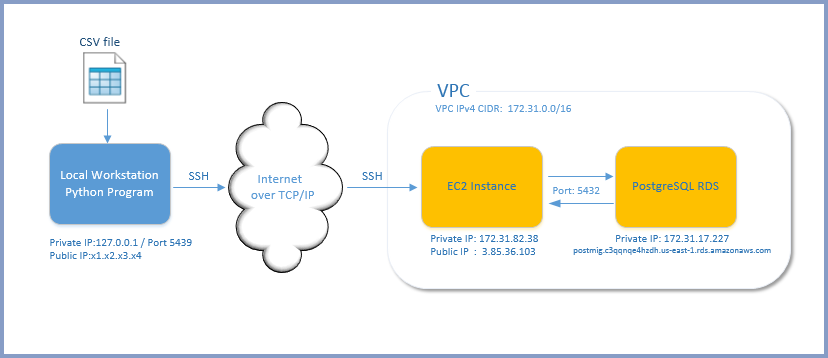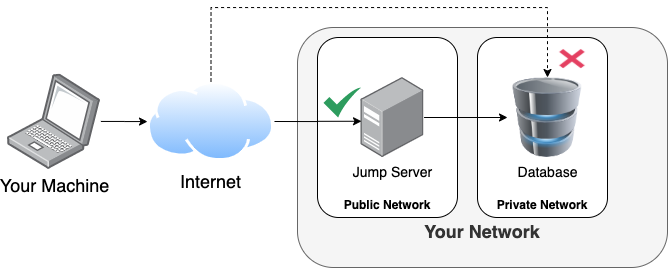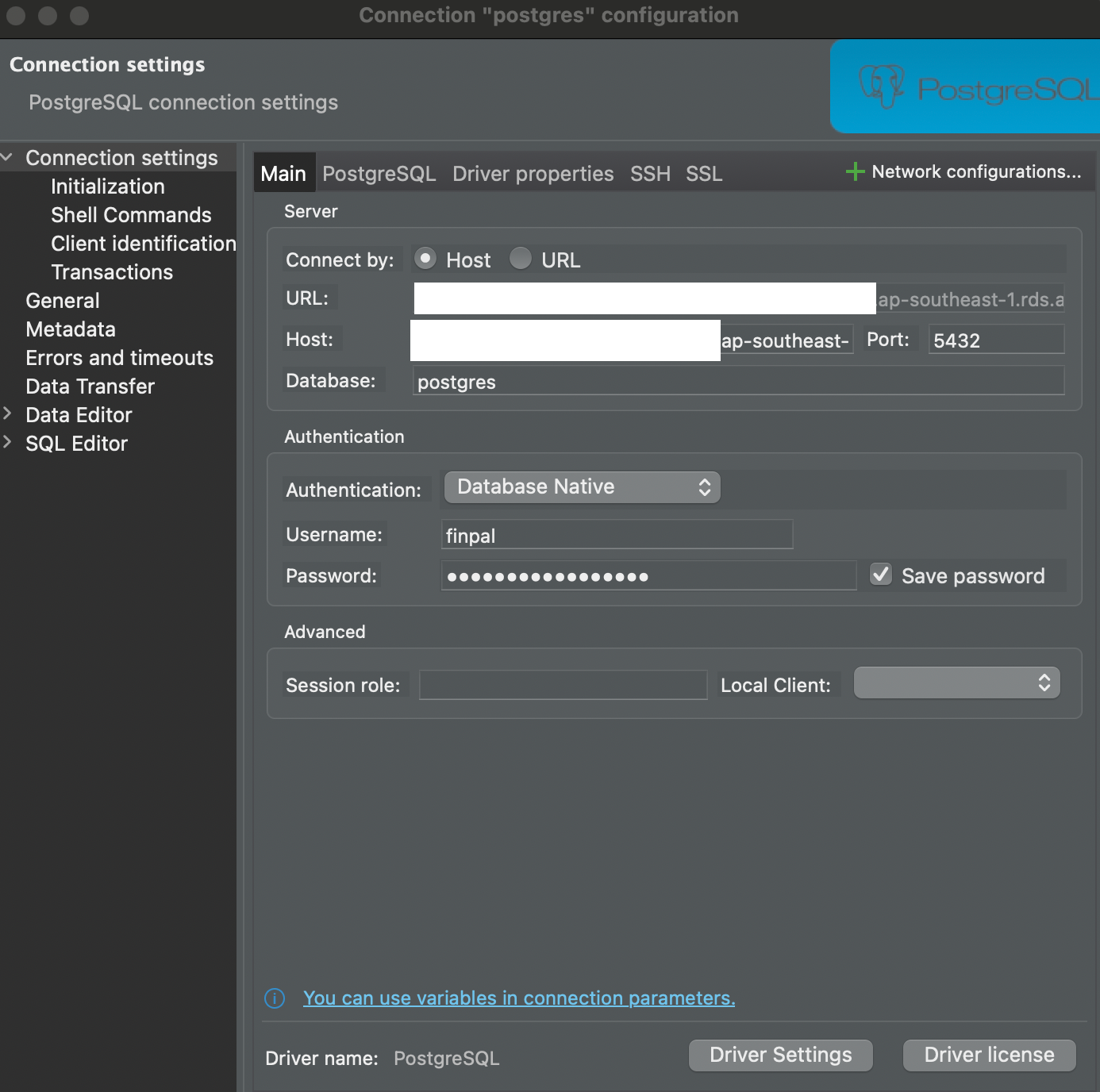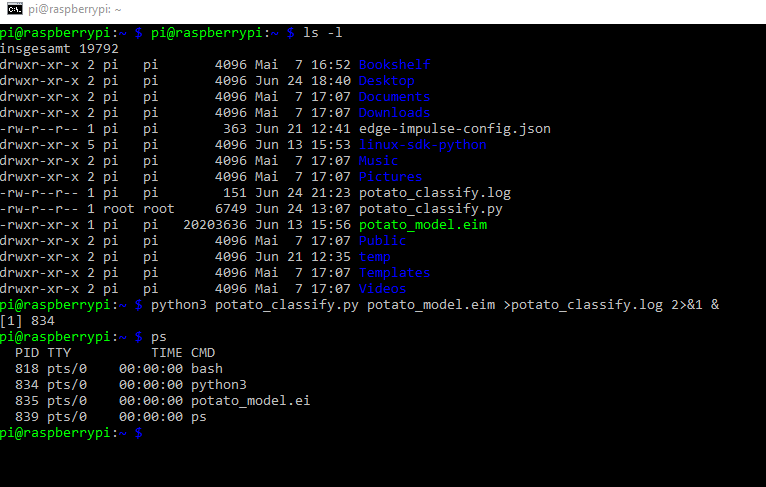How to Connect to Postgresql Through Jump Server And Ssh Tunnel Using Python?
In the world of programming, it is common to encounter situations where you need to connect to a remote PostgreSQL database through a jump server and SSH tunnel. This scenario often arises in enterprise-level applications or when dealing with secure environments. In this article, we will explore the process of establishing a connection to PostgreSQL using Python, and how to effectively navigate through a jump server and SSH tunnel to access the database.

Credit: www.tcien.com
Understanding the Basics
Before diving into the specifics, let’s quickly review what a jump server and SSH tunnel are:
- Jump Server: A jump server, also known as a bastion host, acts as an intermediary between your local machine and the remote server hosting the PostgreSQL database. It provides an added layer of security by allowing you to access the remote server from a designated server, rather than directly from your local machine. This prevents direct connections to the database, keeping it isolated and secure.
- SSH Tunnel: An SSH tunnel establishes a secure connection between two machines, allowing data to be transmitted securely over an unsecured network. In our case, an SSH tunnel enables us to connect to the PostgreSQL database running on the remote server via the jump server, ensuring the data remains encrypted and secure.
Python Packages Required
To connect to PostgreSQL through the jump server and SSH tunnel using Python, we will need two essential modules:
- paramiko: Paramiko is a Python implementation of the SSHv2 protocol, providing a wide range of SSH functionalities, including establishing SSH connections and executing commands on remote servers. We will utilize this module to create an SSH tunnel.
- psycopg2: Psycopg2 is a PostgreSQL adapter for Python, enabling seamless integration with PostgreSQL databases. This module allows us to establish connections, execute SQL queries, and perform database operations.
Setting Up the Connection
With the necessary modules installed, let’s now go through the steps to connect to PostgreSQL through the jump server and SSH tunnel using Python:
-
Import the Required Modules:
Begin by importing the necessary modules into your Python script:
import paramiko import psycopg2 -
Connect to the Jump Server:
Next, establish a connection to the jump server using Paramiko:
jump_host = "jump_server_ip" jump_user = "jump_server_username" jump_password = "jump_server_password" jump_client = paramiko.SSHClient() jump_client.set_missing_host_key_policy(paramiko.AutoAddPolicy()) jump_client.connect(jump_host, username=jump_user, password=jump_password) -
Create SSH Tunnel:
After connecting to the jump server, we can create the SSH tunnel:
postgres_host = "postgres_server_ip" postgres_user = "postgres_username" postgres_password = "postgres_password" postgres_port = postgres_port_number transport = jump_client.get_transport() dest_addr = (postgres_host, postgres_port) local_addr = ('localhost', postgres_port) channel = transport.open_channel( "direct-tcpip", dest_addr, local_addr ) -
Connect to PostgreSQL:
Once the SSH tunnel is established, we can connect to the PostgreSQL database using Psycopg2:
db_connection = psycopg2.connect( host='localhost', port=postgres_port, user=postgres_user, password=postgres_password, dbname='database_name' ) -
Execute Queries:
Finally, you can execute SQL queries and perform database operations as desired:
cursor = db_connection.cursor() cursor.execute("SELECT FROM table_name") result = cursor.fetchall() for row in result: print(row) cursor.close() db_connection.close()

Credit: grant-6562.medium.com
Wrapping Up
In this article, we have explored how to connect to a PostgreSQL database through a jump server and SSH tunnel using Python. By leveraging the power of Paramiko and Psycopg2, we can establish a secure connection and perform database operations seamlessly. Remember to install the required modules and configure the connection parameters to match your environment. Happy coding!
Frequently Asked Questions Of How To Connect To Postgresql Through Jump Server And Ssh Tunnel Using Python?
How Do I Connect To Postgresql Through A Jump Server And Ssh Tunnel Using Python?
To connect to Postgresql through a jump server and SSH tunnel using Python, you can follow these steps:
1. Install necessary Python packages like Paramiko and Psycopg2. 2. Set up an SSH tunnel to the jump server using Paramiko library. 3. Connect to Postgresql using Psycopg2 library and specify the tunnel as your host. 4. Provide the necessary credentials and database information. 5. Execute SQL queries or perform any operations on the Postgresql database.
What Is A Jump Server In The Context Of Connecting To Postgresql?
A jump server, also known as a bastion host, is an intermediate server that acts as a secure gateway between your local machine and the target server, in this case, the Postgresql server. It allows you to establish a secure connection and access the target server from a remote location.
How Does Ssh Tunneling Work In Python?
SSH tunneling in Python involves establishing an encrypted SSH connection between your local machine and a jump server. It then creates a tunnel through which you can securely access services on the destination server, in this case, the Postgresql server.
This process ensures the data transmission is secure and protected from unauthorized access.
Why Should I Use Python For Connecting To Postgresql Through A Jump Server And Ssh Tunnel?
Python offers various libraries like Paramiko and Psycopg2 that make it easy to establish connections, manipulate data, and execute queries with Postgresql. Additionally, Python’s versatility and ease of use make it a popular choice for working with databases and implementing secure connections.




